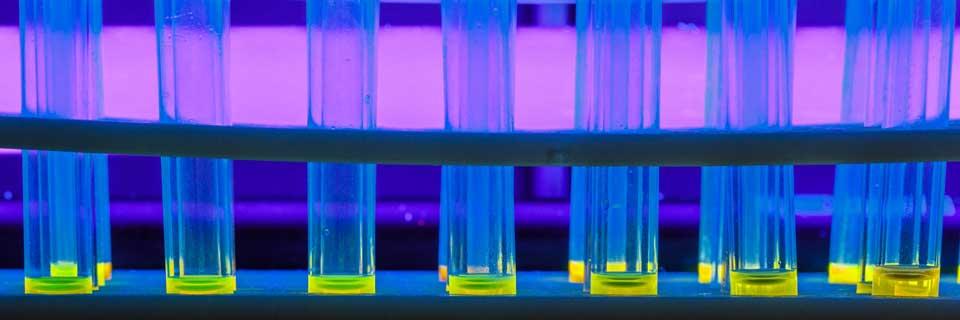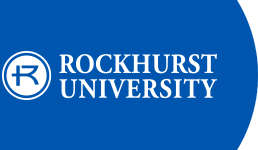Class Project Gives Students a Glimpse at Cutting-Edge Technology

A multitude of screens belonging to laptops, TVs and devices will likely switch on for the first time across the nation this Christmas, powered in many cases by small nanoparticles or organic compounds that are changing the way that visual devices are being constructed.
At the end of the fall 2015 semester, students in the modern physics course taught by Assistant Professor of Physics Mark Pecaut, Ph.D., created projects incorporating concepts from quantum mechanics — the realm of physics studying the smallest subparticles. But it wasn’t a matter of dense equations or academic posters — Pecaut said he wanted to give the students in the course more approachable ways of applying advanced concepts.
“Even though this is higher-level physics, a lot of these concepts are used in consumer goods and some of the other technology that we encounter every day,” Pecaut said. “The aim of the project was to make quantum mechanics less abstract and more real.”
Students constructed their own working lasers and homemade beta-radiation-detecting Geiger counters. But the remaining three groups engaged with the ideas being used in cutting-edge consumer and medical technology — organic LEDs and quantum dots. OLEDs are created using a layer of liquid organic compounds that serve as a light-emission medium and can be applied to a number of different surfaces, a technology that’s already being used to create flexible high-definition screens for mobile devices and curved screen TVs.
Seniors Katie Boyce and Brittany Jack created a set of quantum dots, which are similar in some of the ways they can be applied to create screens with higher quality than traditional technologies. The process to create these nanoparticle semiconductors, which can be made to reflect any color of the visible spectrum, is quite different than OLEDs.
Pecaut said both OLEDs and quantum dots represent the cutting edge in applied physics. And it’s not just for high-definition stocking stuffers — Boyce said quantum dots are now being used to power the displays in medical imaging equipment because of their ability to emit such a wide array of colors without emitting radioactive particles.
“The whole idea of these is that because they are so efficient, so they’re a great solution for a lot of different types of displays,” Boyce said.







